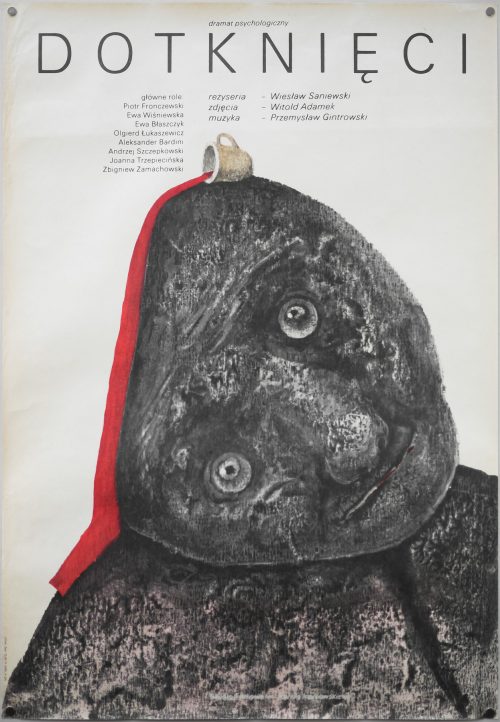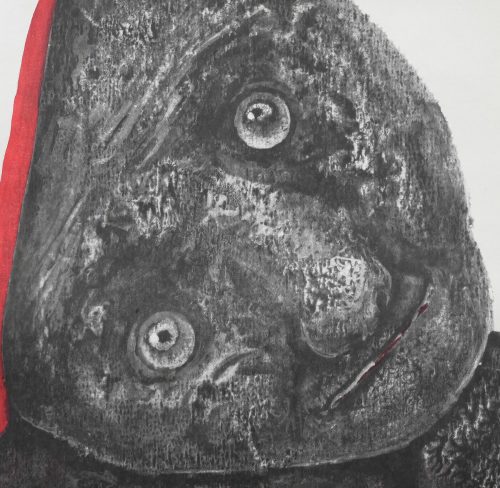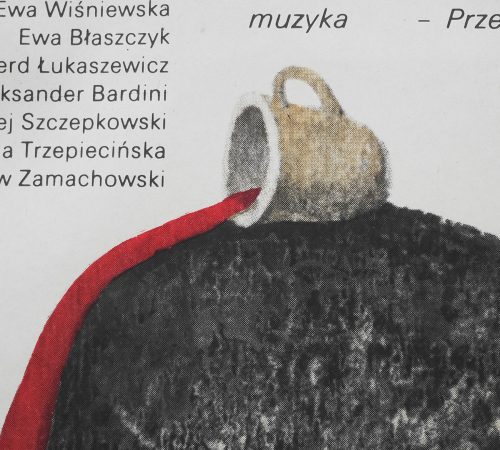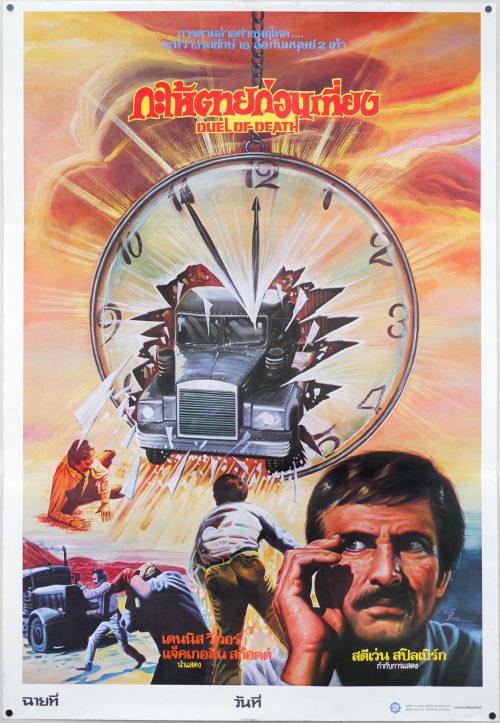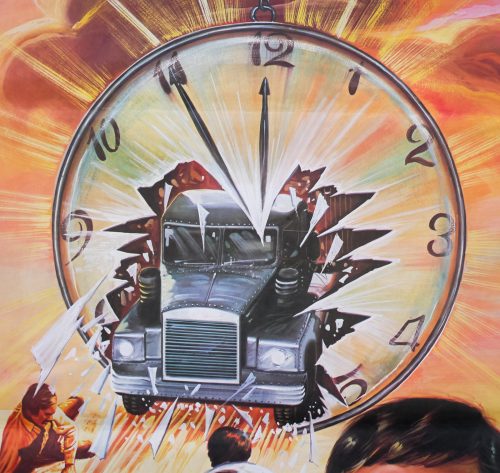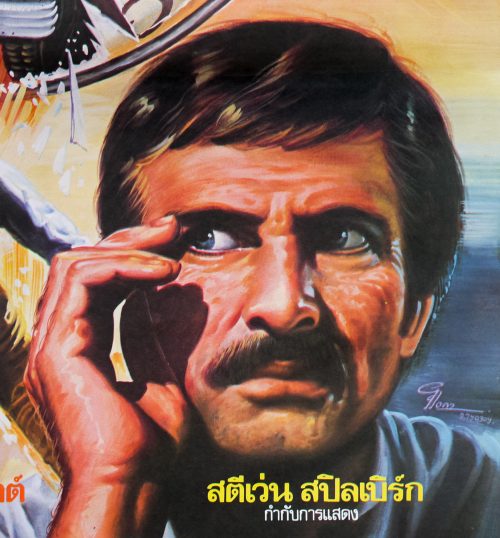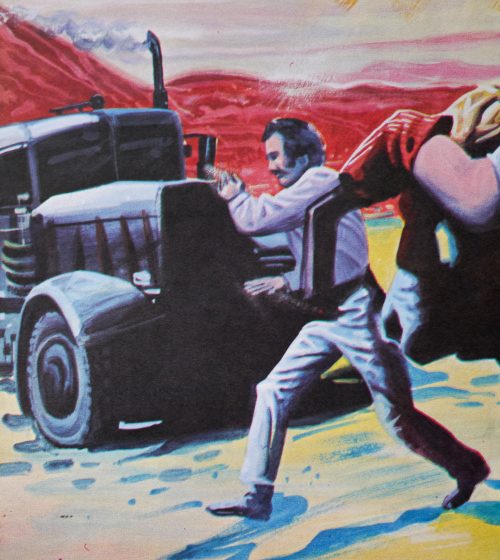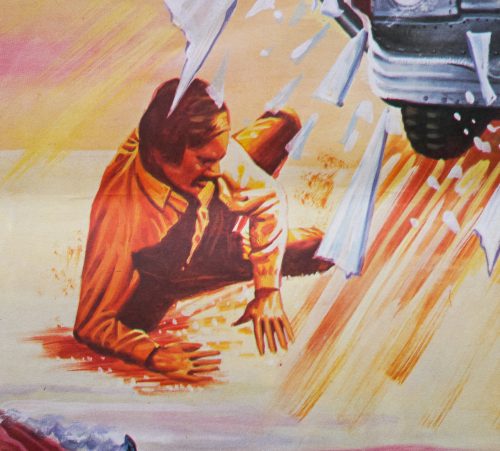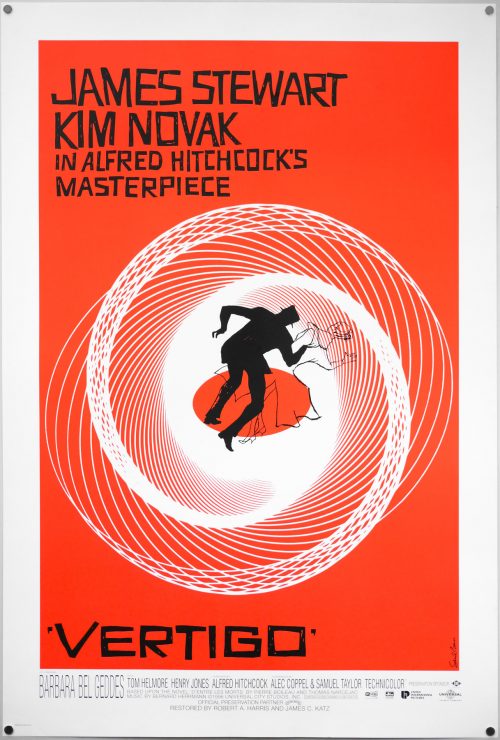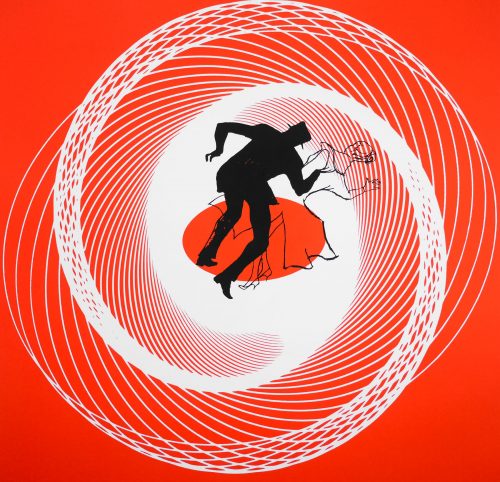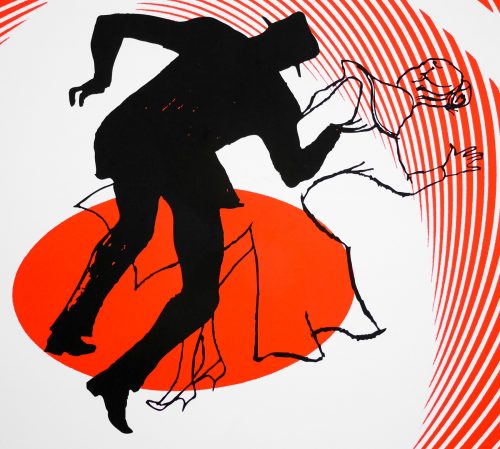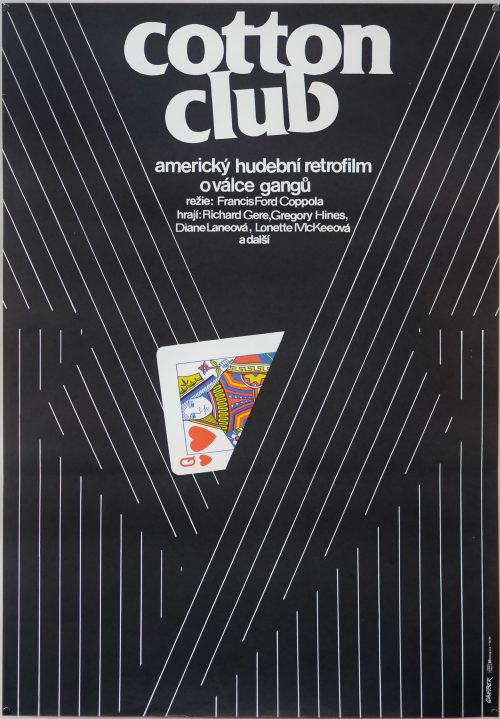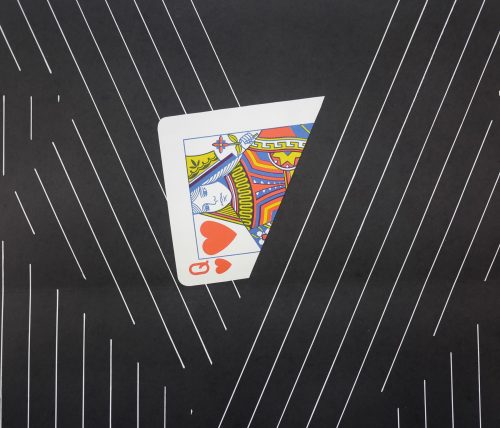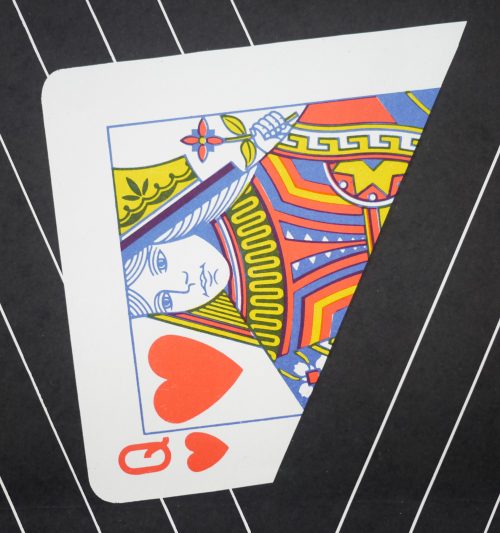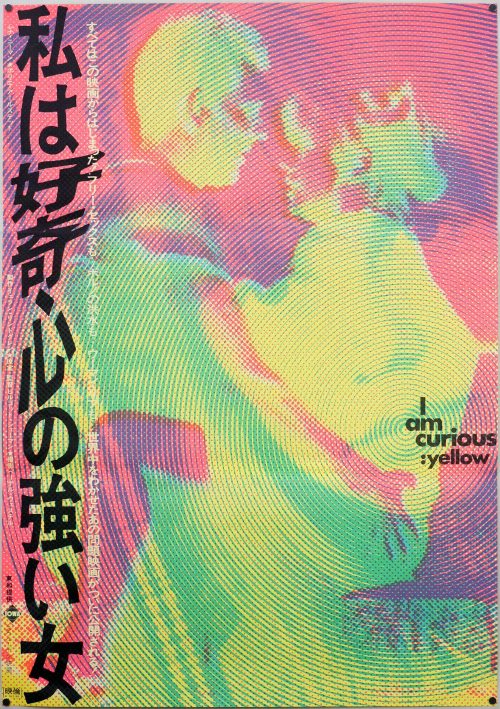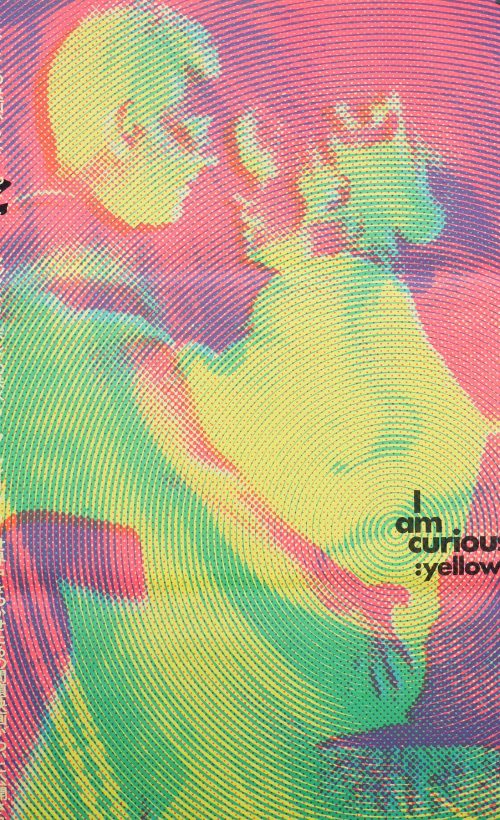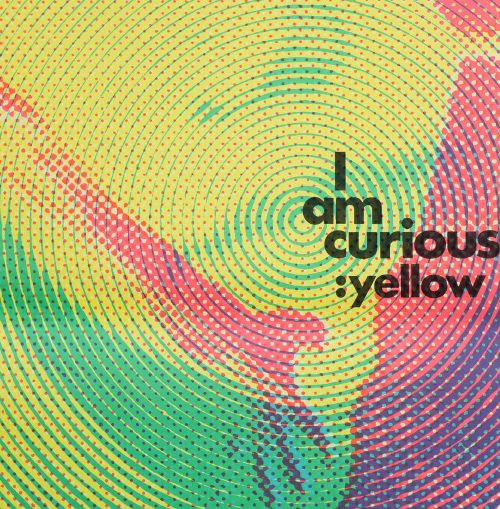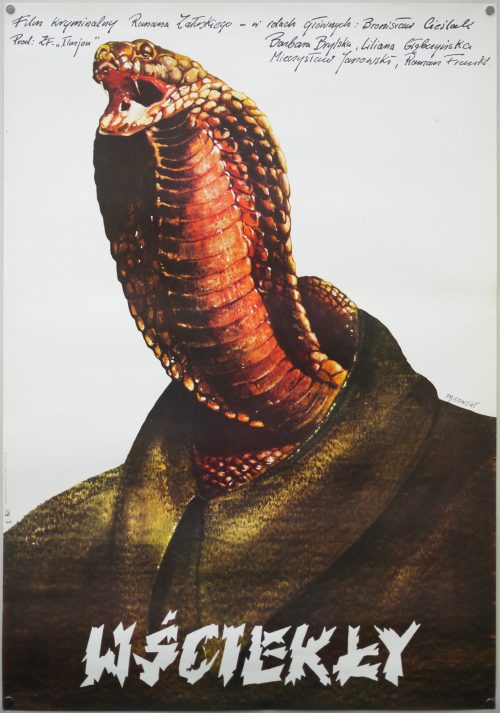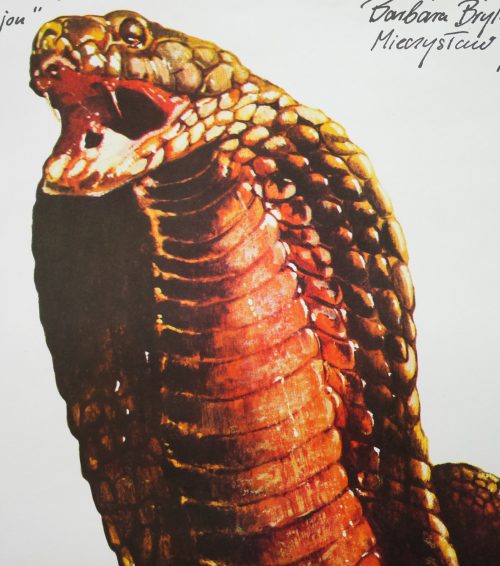- Title
- Dotknieci
- AKA
- Stricken (English language title)
- Year of Film
- 1989
- Director
- Wieslaw Saniewski
- Starring
- Ewa Blaszczyk, Piotr Fronczewski, Olgierd Lukaszewicz, Robert Rogalski, Katarzyna Skolimowska, Tadeusz Szymków, Joanna Trzepiecinska, Agnieszka Wagner
- Origin of Film
- Poland
- Genre(s) of Film
- Drama
- Type of Poster
- B1
- Style of Poster
- Cup on head style
- Origin of Poster
- Poland
- Year of Poster
- 1989
- Designer
- Stasys Eidrigevičius
- Artist
- Stasys Eidrigevičius
- Size (inches)
- 26 11/16" x 38 7/16"
- SS or DS
- SS
- Tagline
- --
A striking illustration by Stasys Eidrigevičius features on this B1 poster for the little-seen Polish drama Dotknieci. It’s also known as Stricken so I’m assuming it was given a release outside of Poland but I can find no evidence of a UK or US cinema run. I’ve struggled to find out much about the film other than it was directed by Wieslaw Saniewski who made his name internationally with the release of Nadzór (Custody) in 1984. He’s hardly a prolific director and only has 9 features to his name.
Stasys Eidrigevičius was born in Lithuania in 1949 and would go on to study at the College of Fine Arts and Crafts in Kaunas, which is the country’s second largest city. In 1973 he moved to Vilnius where he studied at the Academy of Fine Arts and graduated from there with a diploma. Then in 1980 he moved to Poland and lived in Warsaw from where he pursued a career in design and illustration. As well as his award-winning work on film posters, Stasys is also a celebrated illustrator for book covers as well as a photographer. His own website has plenty of galleries of his work to view and an extensive biography.
Galleries of Stasys’ work can be seen on polishposter.com, and poster.pl. The Polish poster gallery site has six pages dedicated to his work. Check out Stasys’ personal website and you can find him on Facebook here.
